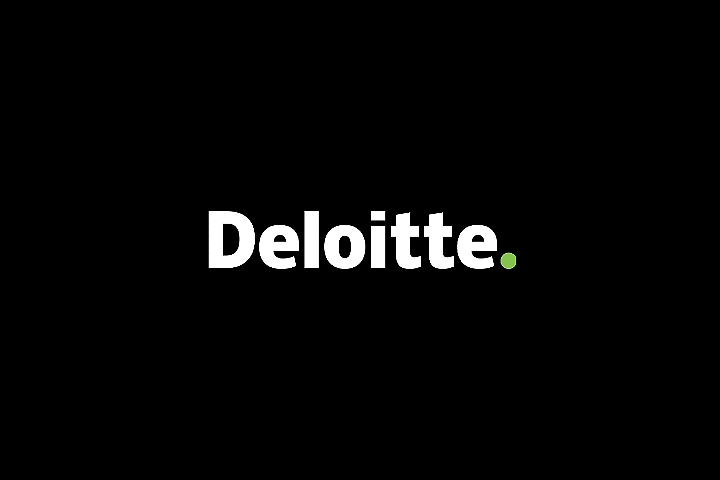A clean line of sight.
Deloitte Future of Cyber Survey
How cyber is shaping the future.
As digital transformation permeates every aspect of business, it is increasingly clear that it is both an incredible enabler—allowing people and processes to achieve new possibilities—as well as a means to amplify and spread risk. Conducting our survey at this time, when businesses have been forced to respond to an unprecedented global challenge, has proven uniquely instructive.
There is no choice but to gain greater visibility across ecosystems lacking clearly defined perimeters. The stakes—be they operational disruption, reputational loss or deflated equity valuations—are too high. Just as complexity is the problem, the solutions are also far from simple.

Complexity is here to stay. Hybrid work environments are becoming a fixture, the cloud is growing in importance to almost every type of enterprise and as devices and applications evolve they are evermore connected.
Shift responsibility
upwards The clear takeaway is, organisations that do not incorporate cybersecurity into every aspect of their business risk leaving much of digital transformation’s value on the table as well as increase their vulnerability to attack.
Our most important recommendation in this regard is to fully empower the CISO. This means directly reporting to the CEO. Just as significantly, this move must give the CISO visibility across all lines of business. It’s a two-way street. The CISO must provide risk assessments in a manner that is comprehensible to the board. But not only does the CISO report up, he or she needs to be involved in new business developments from the start to ensure proper cyber governance down the line.
Reach across silos
As technology allows information to flow freely throughout organisations, humans must follow suit. It’s critical to break down institutional silos and get lines of business to collaborate on cyber. Facilitate strategy, product development, compliance, IT and marketing sitting down together to understand the data assets needed and the security and privacy requirements around them at the very beginning of new initiatives. Designing with security and privacy in mind is the best way to avoid headaches later.
Implement Zero Trust
Complexity is a reality. Relying on the methods of the past to authenticate users and other entities is courting disaster, a situation easily exploited by hackers, often with dire impacts. Fortunately, the ability to continuously evaluate risk and apply real-time review to access controls is now something that can be incorporated in complex architectures.

Although it’s tempting to think about cybersecurity only as an expense, considering its impact on brand and sustaining shareholder value is central in the new world of hyperconnectivity
Security is an asset
Data is the lifeblood of digital transformation. While it’s vital to recognise the functionality of data–how it drives business outcomes and customer experience—it’s just as important to appreciate how it creates value over the long run. Companies that are associated with exemplary data governance, thoughtful privacy policy and robust security earn the trust of customers and business partners alike. Although it’s tempting to think about cybersecurity only as an expense, considering its impact on brand and sustaining shareholder value is central in the new world of hyperconnectivity. Implementing security is not a project, but a promise to carefully handle data, communication and business interaction end-to-end.
Sharing knowledge
While there isn’t a single simple solution to managing cybersecurity, many of the threats facing organisations on the road of digital transformation are shared. With cyberattacks becoming more prevalent, no industry or geography is immune from them, but we can learn from each other how to effectively handle an incident when one does occur. To this end, sharing experiences and knowledge with peers is an essential element of improving the security environment all round.
Risk and reward
Whatever your cyber budget, adopting these approaches will help ensure that your resources are used more effectively. It’s tempting to focus on the complexity and plethora of risks that transformation heralds, but it’s equally important to recognise the upside. When you gain the visibility you need and you experience the agility that hybrid IT brings to your organisation, when you’ve earned the trust of your customers and you feel confident with complexity, you experience rewards at an entirely new scale.








